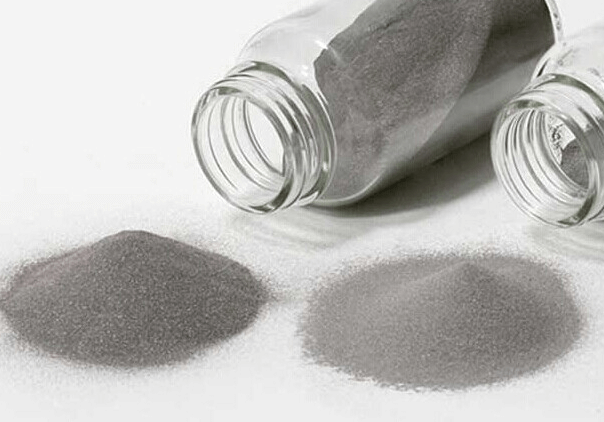How to Remove Arsenic, Antimony & Bismuth from Copper

The ores of copper are usually associated with minerals containing arsenic, antimony and bismuth. Whatever the means adopted for extracting the copper, these metals are usually found, to a greater or less extent, in the product. There is, however, usually some elimination in the various metallurgical operations to which the ores are subjected, and some […]
Titanium Metallurgy

The metallurgy of ores of titanium, titaniferous iron-ores (that is, iron-ores containing a notable amount of titanic acid, TiO2, say not less than 5 per cent., generally 10 to 20 per cent., and frequently more, up to 40 per cent, or thereabout), occur all over the world in immense quantity, “ in mountain masses,” constituting […]
Mine Stoping & Mine Timbering
As this district is so far distant from the other mining centres and its mode of approach so circuitous, I am afraid that many residents of other portions of the Commonwealth never think of paying this “ Australia’s Silver City” a visit, to learn personally the many and various lessons everywhere available, and to become […]
Stone Crushers
Methods of Crushing Stone without a Crusher Up to the date of the invention of the Stone Crusher, stone for road-metal was broken by hand, with the aid of a hammer having a long, pliant handle, and a round, ball-like head, illustrative drawings of which may still be found in standard dictionaries of engineering. Crushing […]
Precipitate Gold Mercury with Electricity
The treatment of slimes has of late years been, the chief difficulty in connection with cyanide work, in which much time and money has been spent in endeavouring to find a practical solution of this problem. The processes at present in use are: Filter pressing, as practised in Western Australia. Decantation, as practised in South […]
How to Calculate the Size of a Mine Hoisting System
It is often necessary to calculate the size of a mine hoisting system required to raise a given quantity of material, either as a preliminary to the detail design of the machinery, or to decide whether machinery on hand or offered by a manufacturer is adapted to the work to be done. The first element […]
Effect of Tellurium on Brass
The presence of small amounts of tellurium in certain kinds of copper, and its exceptionally deleterious influence in producing red-shortness of this metal, led the author to conduct a few experiments on the influence of tellurium on the properties of brass. While these experiments were not intended to be exhaustive, they demonstrate that, as far […]
Volatile Hydrocarbons
Petroleum The occurrence of petroleum in the Redington quicksilver-mine, New Idria, California, is reported by Luther Wagoner. He says: ‘‘ Mineral-oil occurs in considerable quantity, a barrel of forty gallons being collected in one drift. It was used for lubrication of the machinery.” Prof. Egleston, writing of the quicksilver-mines in northern California, says: “ […]
Reducing Action of Carbon and Hydrocarbons
Carbon has long been recognized as one of the most powerful reducing agents in the deposition of ores. Investigations, made by myself, of the zinc- and lead-deposits in Southwest Missouri, in the region centering about Joplin, where the formation of the metallic sulphides has been due to the action of bitumen, carbonaceous shales and bituminous […]
All-Fire Method of Gold & Silver Assay
As this particular product holds a place by itself, it seems desirable to give a paper dealing especially with it as a corollary to my paper entitled “ The Litharge Process of Assaying Copper-Bearing Ores and Products, and the Method of Calculating Charges.” The process is first to convert the metallic copper into matte by […]
